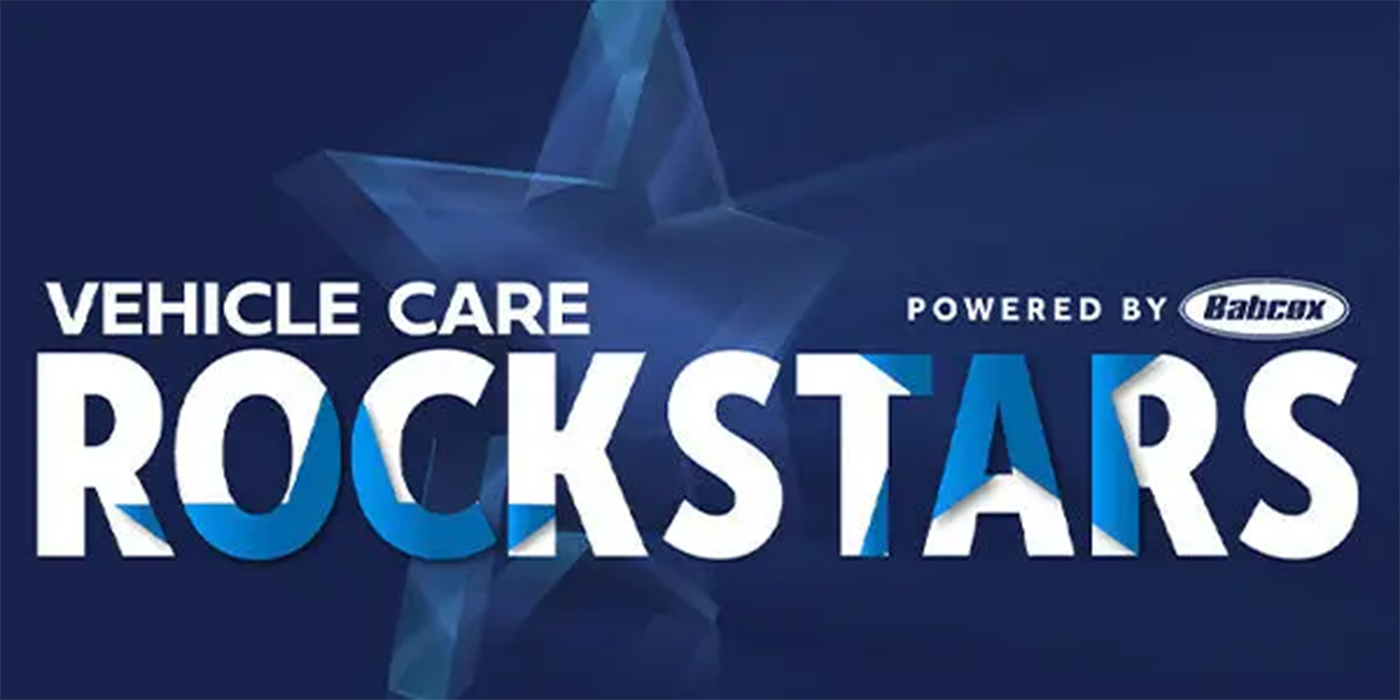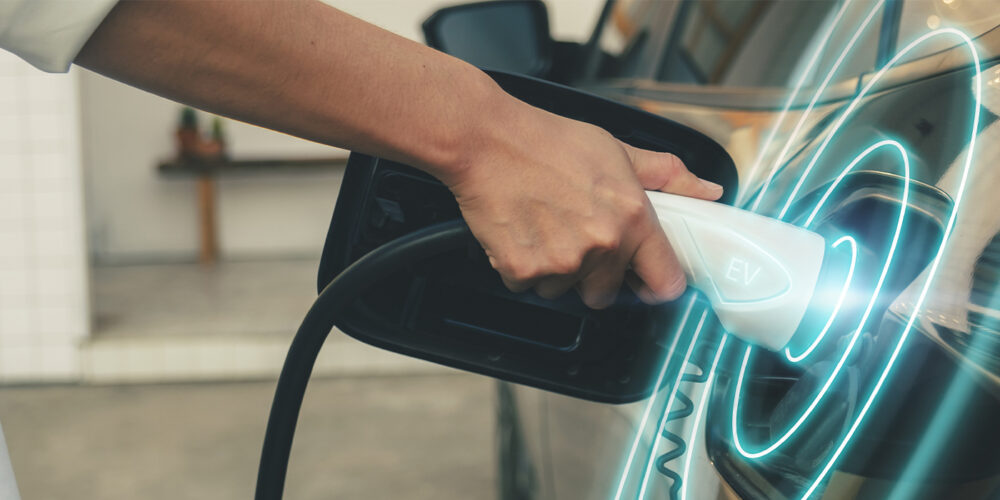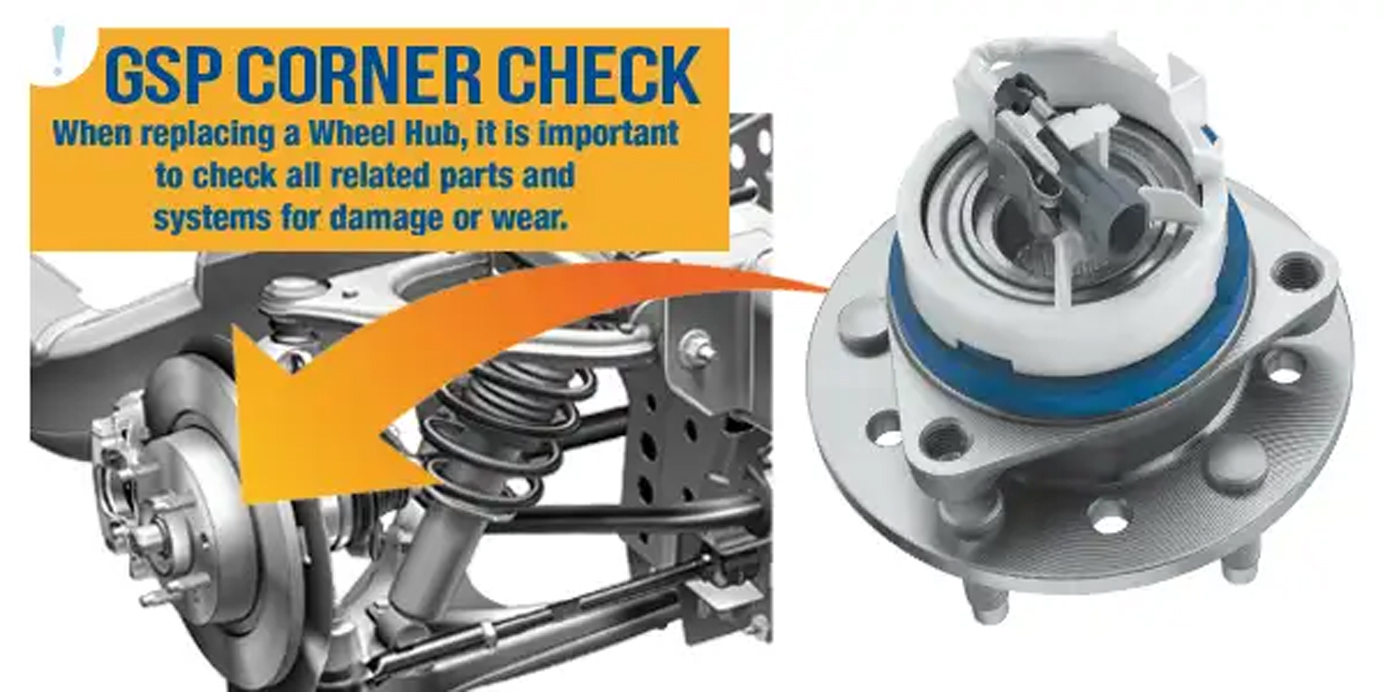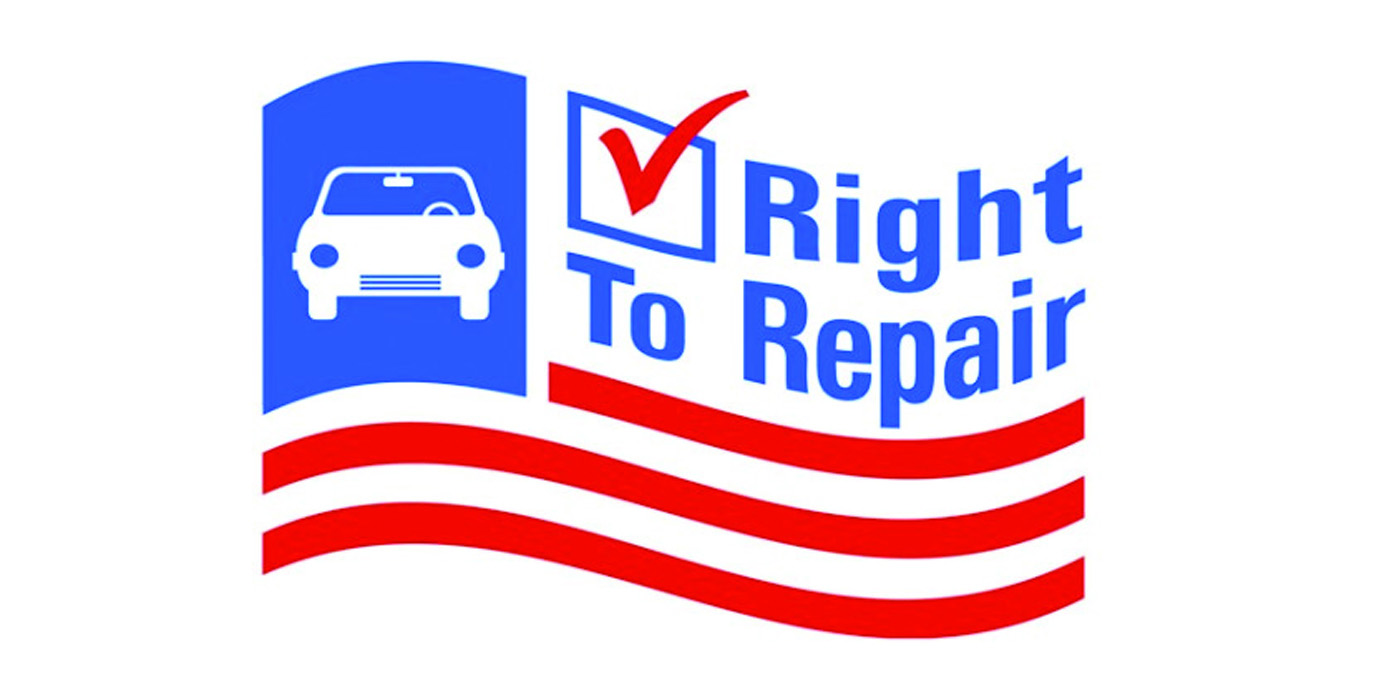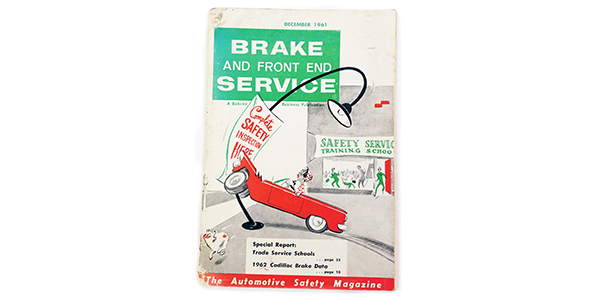
While everybody can agree vehicle inspections are good in theory, no one can agree on the execution of a state vehicle safety or emissions inspection program. It is always a compromise between who is picking up the tab and if it is an election year.
I think it is insane that states are responsible for ensuring a vehicle meets hundreds of federal mandates for emissions and safety. Some programs have state-run stations that test everything from the horn to the brakes. On the other end of the spectrum are emissions-only inspection programs that are nothing more than an OBDII scan to verify if all the emissions monitors have run and no codes are active.
There is zero consistency. For example, if a vehicle can’t pass an emissions check in Ohio, all the vehicle owner needs to do is show he spent $200 and he gets an exemption. For New York, it is $450 to get a similar emissions exemption.
If you look at the Pennsylvania inspection procedure, you will see the phrase “…unless originally designed to do so.” What does that mean? How is an inspector to know the exact amount of brake pedal travel or headlight output for a 15-year-old car?
If states intend to run inspection programs, they need to be aware that vehicles are changing. California, Pennsylvania and New York will pass a car even if the ABS or stability control light is on. The reality is that ABS and stability control are no longer fancy options. Since FMVSS 126 and 135 were enacted in 2009 and 2012, these systems are standard equipment. Testing these systems should be part of the inspection.
What is even more annoying to me is how programs are funded. Where I live, we are subjected to Ohio’s E-Check. When it was first implemented, the cost to do an IM240 roller check was $10-$15. Now, the test is free and is funded by the tobacco settlement fund. Isn’t that money supposed to go toward cancer prevention or teen smoking programs?
It seems to me that the process of inspections needs to start by inspecting the programs and who they’re intended to benefit and why.




